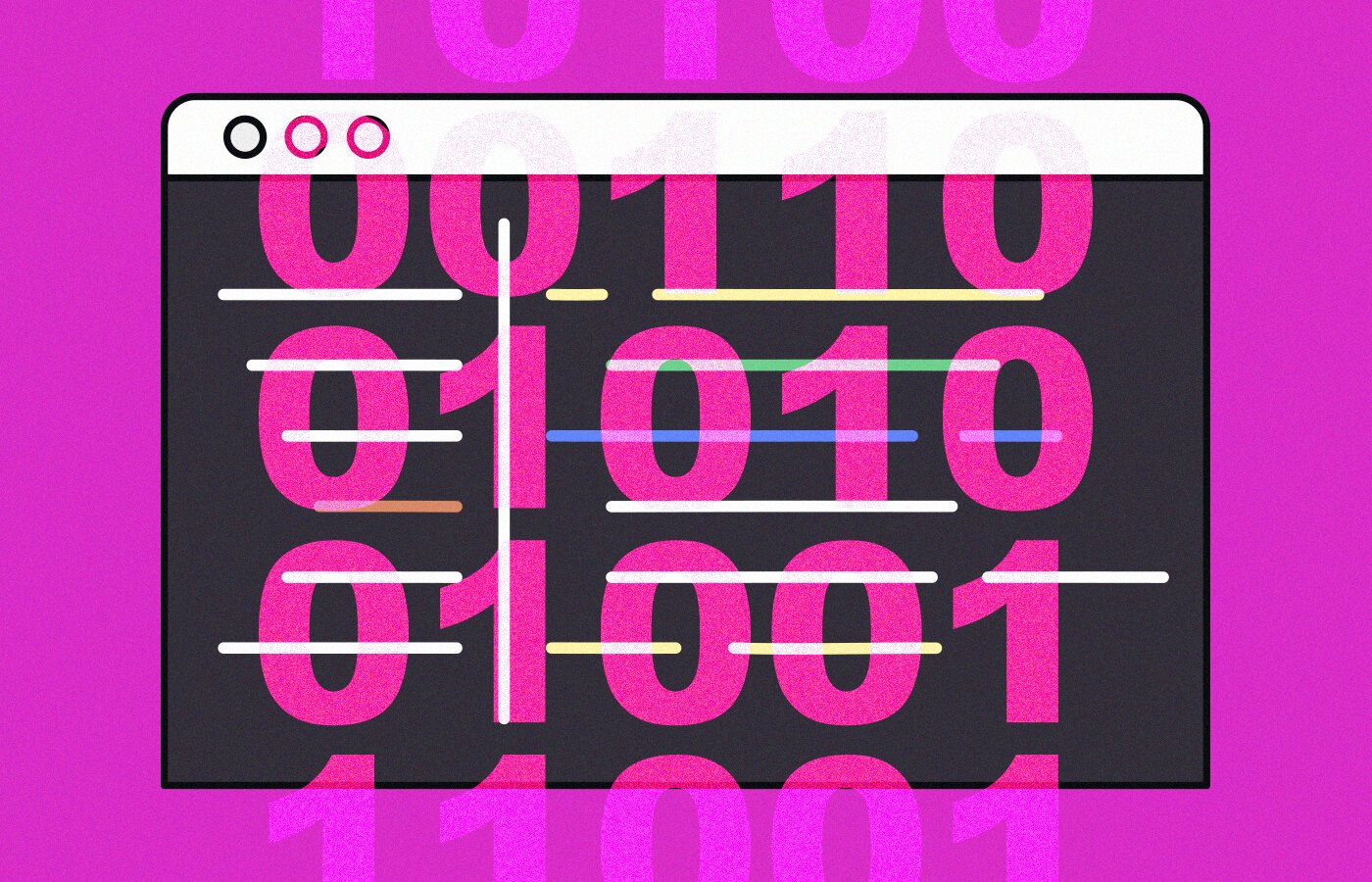blog
How to Hire an App Development Company in APAC in 2026
By Mohan S Apps Development App development November 26, 2025

The CTO of a mid-sized fintech in Singapore had just watched three vendor demos in two days. Each promised "mobile-first," "agile," and "scalable." One showed polished slides. Another walked through a reference customer's app,built two years ago for a completely different vertical. The third handed over a Git repo and a spreadsheet of release metrics. By 5 PM, she knew which vendor understood reliability and which had outsourced the pitch to a sales team that would vanish after the contract was signed. The difference wasn't in the marketing deck. It was in the artifacts: test coverage, incident postmortems, observability dashboards, and a documented rollback plan. Here's the simple way leaders build a shortlist and hire well.
The 5-Step Shortlist Framework
When you're evaluating partners to hire mobile app developers, reduce the noise with five buying pillars that predict delivery, not just winning proposals.
1. Discovery & UX depth
Look for evidence of real user research, prototypes tested with end users, accessibility (WCAG) compliance, and localization for APAC markets. Claims without artifacts are red flags.
2. Engineering & platform fit
Understand their stance on cross-platform vs native, offline-first design, device matrix coverage, CI/CD pipelines, feature flags, and mobile analytics. Ask to see architecture diagrams and test automation.
3. Security & compliance
Validate threat modeling, SAST/DAST tooling, third-party SDK governance, SBOM (Software Bill of Materials), PII minimization, audit logging, and data residency options across Singapore, Australia, India, or Indonesia that align with PDPA, MAS TRM, RBI, or OAIC requirements.
4. Reliability & operations
Demand SLOs (not just SLAs), error budgets, on-call runbooks, postmortem culture, staged rollouts, crash analytics, and performance telemetry. SRE for mobile apps isn't optional for regulated industries.
5. Commercials & partnership
Confirm named team continuity (no résumé swaps), transparent pricing, change-control process, IP ownership, exit plan, and a quarterly governance cadence.
Scoring vendors: Build a 100-point matrix weighted by your risk profile. A healthcare CIO in Melbourne might weight Security 30 and Reliability 25, while a retail product lead in Bangkok might prioritize Discovery 25 and Engineering 30.
What "Good" Looks Like: Five Pillars
1. Discovery & UX: Show the Research, Not the Vision
Buyer moves
Request research synthesis (interview transcripts, journey maps, persona canvases), interactive prototypes (Figma, Framer, working code), accessibility audit results, and a localization plan for APAC languages, date formats, payment rails, and cultural norms in Jakarta, Kuala Lumpur, or Ho Chi Minh City.
Strong signals
They share anonymized research artifacts within 48 hours. They walk you through A/B test plans for onboarding. They name accessibility standards (WCAG 2.1 AA minimum) and show remediation tickets. Product discovery includes your internal teams,not a black-box agency deliverable.
Red flags
"We'll figure out UX in sprint zero." No user research budget line. Generic personas ("busy professional"). Prototypes that are static PNG exports. No mention of assistive technology testing.
2. Engineering & Platform Fit: Architecture Over Buzzwords
Buyer moves
Ask for a reference architecture diagram, deployment pipeline (CI/CD for mobile), test pyramid (unit, integration, E2E), device lab access (real devices, not just simulators), offline-sync strategy, feature-flag tooling, and observability stack (crash, performance, custom events). Clarify their recommendation on cross-platform vs native for your compliance, performance, and team constraints.
Strong signals
They propose native iOS/Android for regulated finance or healthcare where DevSecOps for mobile and audit trails matter. Or they recommend React Native/Flutter with a clear security hardening and plugin governance plan. They show you a test coverage dashboard, explain how they manage app size and battery drain, and describe mobile analytics instrumentation. You see real CI/CD logs and release notes.
Red flags
Vague answer on native vs cross-platform trade-offs. No test automation. "We'll set up CI/CD later." No device lab or emulator-only testing. They can't explain how they handle OS fragmentation or app-store release cycles. No observability or mobile analytics mentioned.
3. Security & Compliance: Prove It, Don't Promise It
Buyer moves
Request a threat model for your app's data flows, SAST/DAST tooling and scan cadence, third-party SDK vetting process, SBOM generation, PII minimization and encryption-at-rest/in-transit plans, audit logging design, data residency architecture (Singapore, Sydney, Mumbai, or regional alternatives), and alignment with PDPA (Singapore/Malaysia), MAS Technology Risk Management, HKMA, RBI/IRDAI (India), OJK (Indonesia), or OAIC (Australia).
Strong signals
They deliver a one-page threat model in the proposal. They name tools (Snyk, Veracode, Checkmarx, MobSF). They explain certificate pinning, biometric auth, secure enclave use, and jailbreak detection. SBOM is auto-generated per build. They map data residency to your regulatory footprint and explain how audit logs meet retention and immutability rules. They've passed third-party pen tests.
Red flags
"Security is handled by our backend team." No SBOM. Vague on data residency ("cloud is secure"). Long list of third-party SDKs with no governance. No pen-test history. Can't explain how they patch a zero-day in a dependency.
4. Reliability & Operations: SLOs, Incidents, and Discipline
Buyer moves
Define SLOs for crash-free sessions (e.g., 99.9 %), app start time (p95), API response (p95), and successful transaction rate. Ask for their incident response runbook, postmortem samples (with blameless root cause and remediation), rollback procedure, staged rollout strategy (canary, phased), on-call rotation, and telemetry setup (crash reporting, performance monitoring, custom business events).
Strong signals
They propose SLOs with error budgets in the contract. They show you past postmortems with clear timelines, impact, and prevention tasks. They describe feature flags for kill switches, phased rollouts (1 % → 10 % → 50 % → 100 %), and automated rollback triggers. On-call is shared between vendor and your team with escalation paths. Telemetry is instrumented before launch, not retrofitted.
Red flags
No SLO discussion,only uptime SLAs for backend. No postmortem culture or "we've never had a major incident." No rollback plan. Release strategy is "deploy to 100 % on day one." Thin telemetry: crash reports only, no performance or business metrics. No on-call or runbook documentation.
5. Commercials & Partnership: Clarity and Continuity
Buyer moves
Lock in the named team (with bios, GitHub/portfolio links, and anti résumé-swap clause). Get line-item pricing (discovery, design, build, operate phases; onshore vs near-shore split). Define change-control process (how scope, timeline, and budget changes are approved). Clarify IP ownership, source-code escrow, and exit/transition plan. Set a quarterly business review cadence with outcome metrics, not just delivery milestones.
Strong signals
You meet the actual team in the proposal presentation. Pricing is transparent with assumptions documented. Contract includes team continuity penalties. IP transfers to you at milestones or project end. Transition plan includes knowledge transfer, documentation, and 30–60 day handover. Quarterly reviews are tied to KPIs (adoption, performance, business outcomes), not just story points.
Red flags
"We'll assign the team after kickoff." Opaque or single-number pricing. No change-control process. IP stays with vendor or is ambiguous. No exit plan or transition support. Governance is "monthly status emails" with no accountability to business outcomes.
Simple Scoring Matrix
Weight the five pillars by your risk profile. Here's a 100-point example for a regulated enterprise app:
Discovery & UX is weighted at 20 points and evaluates foundational user experience work. Score candidates on their research artifacts, prototypes, accessibility implementation, and localization capabilities.
Engineering & Platform carries the highest weight at 25 points, reflecting its critical role. Assess the architecture quality, CI/CD pipeline maturity, test coverage depth, device lab access, and observability infrastructure.
Security & Compliance accounts for 20 points and examines essential protection measures. Evaluate the threat model completeness, software bill of materials (SBOM), SAST and DAST implementation, data residency controls, and SDK governance practices.
Reliability & Operations also weighs 20 points, focusing on production stability. Score based on defined SLOs, postmortem discipline, rollback planning, telemetry systems, and on-call procedures.
Commercials & Partnership rounds out the assessment at 15 points, covering business and governance considerations. Examine team continuity commitments, pricing transparency, IP ownership clarity, exit planning, and governance structures.
Red flags that disqualify
No physical device lab,emulators only
Vague or missing security posture; no SBOM
Thin or no product discovery phase
"Senior" team absent from pilot or demos
No documented rollback or incident history
Opaque staffing or team-swap risk
Can't explain data residency for your APAC markets (Singapore, Hong Kong, Sydney, Bengaluru)
Pilot, Then Scale
Run a 6–10 week pilot before committing to a full build. Scope it tightly: one core user flow (e.g., login → transaction → confirmation) plus one integration (backend API, payment gateway, or identity provider).
Success gates
Adoption proxy: internal beta testers complete the flow
Crash-free sessions ≥ 99 %
p95 response time < 2 seconds
Accessibility: passes automated scan + manual screen-reader test
What to learn, not just what to ship
Evaluate team communication, problem-solving under constraint, code quality, test discipline, and how they handle a surprise requirement change. Set executive checkpoints at week 3 (discovery readout) and week 6 (beta release).
Document the release calendar and change-control process during the pilot. If they can't manage a simple flow with discipline, scaling to ten features and five integrations will be chaos.
Contracts That Protect Outcomes
Bake success criteria into the MSA or SOW, not a separate "quality annex" no one reads.
Must-haves
SLOs with consequences: Crash-free < 99 % triggers root-cause analysis and remediation sprint.
Security gates: No production release without SAST/DAST clear, pen-test sign-off, and SBOM published.
Data handling: Encryption, residency (specify Singapore, Sydney, Mumbai, Jakarta, or alternative regions), retention, and deletion mapped to PDPA, MAS, RBI, OAIC, or OJK requirements (not legal advice,validate with counsel).
Acceptance criteria: Functional (features work), performance (meets SLOs), accessibility (WCAG 2.1 AA), security (pen-test pass).
Knowledge transfer: Runbooks, architecture docs, deployment guides, and 30–60 day transition support.
Quarterly value review: Business KPIs (DAU, conversion, NPS, incidents), not just velocity or story points.
Compliance evidence pack: Audit logs, pen-test reports, SBOM, data-flow diagrams, vendor risk assessments for third-party SDKs.
APAC Buyer FAQs
How do I balance onshore vs near-shore teams for a project in Singapore or Hong Kong?
For regulated industries (finance, healthcare, govtech), keep discovery, architecture, security, and compliance onshore or in-region (Singapore, Hong Kong, Sydney, Melbourne). Offshore or near-shore (Bengaluru, Pune, Manila) can scale build and test execution, provided the vendor has a strong operating model: daily standups across time zones, shared CI/CD and observability tooling, and clear RACI. A 30/70 or 40/60 onshore/near-shore split is common. Red flag: vendor can't name the onshore leads or their accountability.
Is cross-platform (React Native, Flutter) safe for finance or healthcare apps in APAC?
It depends on your threat model and compliance requirements. Cross-platform frameworks are maturing,many banks and health systems use them,but you must harden security: vet every plugin, generate SBOM per release, implement certificate pinning and secure storage natively, and run SAST/DAST in CI/CD. Native iOS/Android may be simpler if your app handles sensitive PII, requires biometric auth in secure enclave, or your regulators (MAS, RBI, HKMA) expect deep auditability of code provenance. Ask vendors for case studies in your vertical and region, plus their plugin governance process.
What's the difference between SLOs and SLAs for mobile apps?
SLAs (Service Level Agreements) are contractual: "backend API uptime ≥ 99.5 % or we pay a penalty." SLOs (Service Level Objectives) are operational targets tied to user experience: "app crash-free rate ≥ 99.9 %," "p95 app start < 2 sec," "successful login rate ≥ 99.5 %." SLOs have error budgets: if you hit the target, you can spend budget on feature velocity; if you miss, you pause features and fix reliability. For mobile, SLOs matter more than backend SLAs because users judge the whole experience. A reliable backend with a buggy app still fails. Insist on client-side SLOs in the contract.
What should I ask about data residency and APAC regulations?
Confirm where data is stored (Singapore, Australia, India, Indonesia, or multi-region), whether it crosses borders (and under what legal mechanism), how backups and logs are regionalized, and how the vendor maps architecture to PDPA (Singapore/Malaysia), MAS Technology Risk Management (Singapore finance), RBI guidelines (India finance), IRDAI (India insurance), OJK (Indonesia finance), OAIC Privacy Act (Australia), or Privacy Act (New Zealand). Ask for a data-flow diagram and a compliance evidence pack (encryption, access controls, audit logs, vendor risk assessments). This isn't legal advice,validate with your legal and compliance teams,but the app development partner should proactively show you the architecture and controls, not wait for you to ask.
How long should an app development pilot last?
Six to ten weeks is the sweet spot. Shorter, and you won't see how the team handles complexity, edge cases, or a requirement change. Longer, and you're already into a full build without a formal go/no-go decision. Scope the pilot to one user flow and one integration so you can evaluate discovery rigor, engineering discipline, security posture, and communication,not just whether they can ship features. Use the pilot to validate the vendor evaluation matrix, not to launch your MVP.


